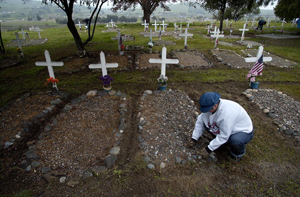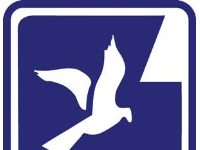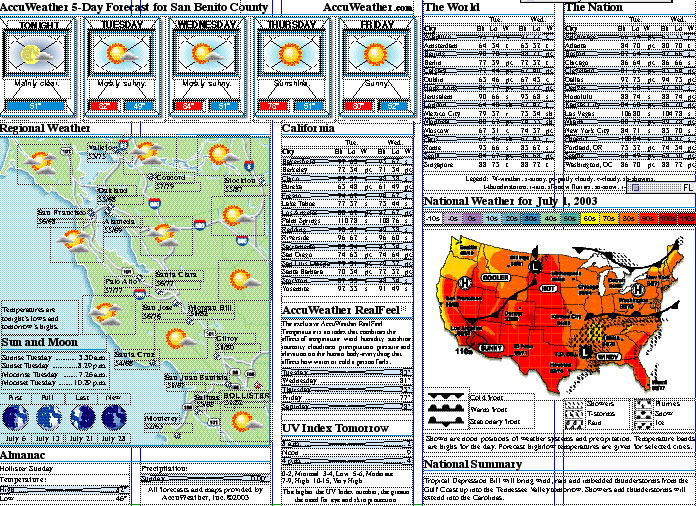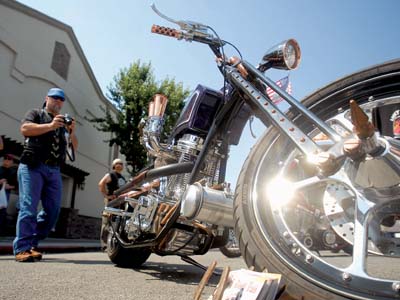
Homeless shelter clients spruce up old cemetery
In a curve of South Side Road just south of the county planning
offices, there is a plot of land full of unmarked gravesites. The
cemetery is often called South Side Cemetery, but it doesn’t really
have a name. It started out simply as the county cemetery.
Homeless shelter clients spruce up old cemetery
In a curve of South Side Road just south of the county planning offices, there is a plot of land full of unmarked gravesites. The cemetery is often called South Side Cemetery, but it doesn’t really have a name. It started out simply as the county cemetery.
“It’s basically a potter’s cemetery,” said Wes Leiser, who formed a group called the San Benito County Cemetery Preservation Society eight years ago. “It was for indigent people. If you didn’t have any money, the county would bury you there.”
The site is close to an abandoned hospital site, and Leiser said when bodies weren’t claimed in a few days, or there was no way of identifying next of kin, they would be buried there.
“They were people who were obviously poor,” Leiser said. “Indigent, farm laborers – people who would go from county to county or town to town picking fruit.”
The land drops off sharply and overlooks a swampy patch that opens up into rangeland between South Side Road and Cienega Valley.
Leiser started out cleaning up the South Side location, though as a one-man operation, it is hard for him to spend the time needed to upkeep all the old plots in the county. Recently, Cindy Parr, the San Benito County homeless shelter manager, arranged for clients to volunteer as part of a clean up.
The homeless shelter is just across the road from the cemetery.
“I’ve been up here three years,” Parr said. “I’ve known about it since ’98. When I go up the hill I see it everyday.”
Parr worked with SBC Public Works to set up two days where they could volunteer for a two-hour cleanup. An employee from the Public Works department had to be available to oversee the work. When they started, weeds were overgrown and many of the gravesites were hard to detect. Many of them were marked with flags or white plastic crosses that Leiser had put out.
“I don’t believe anyone deserves to be forgotten,” Parr said. “I am trying to get names.”
One of the graves that has a tombstone is that of a 2-year-old boy who died in 1933. A homeless shelter client cleaned up the area around the tombstone and lined it with rocks. The site has faded, there are worn-out toys around the stone.
Leiser has actually identified many of the people buried in the cemetery and he has put together binders of information that are kept at the San Benito County Historical Society Museum. He spent four years researching county records and old obituaries.
“There are about 350 names that are listed that have been buried,” Leiser said. “But only six of them are identified [on site] with any kind of name.”
During his research, Leiser found that the cemetery contains the remains of people of 20 different nationalities, showing the diversity of people who passed through San Benito County. Some of the countries of origin included Mexico, Spain, what is now Yugoslavia, England, Ireland, South Africa, China and Japan, he said.
“A lot of them didn’t really live in this county for very long,” he said. “They were just here for a short time.”
The cemetery was first used in 1889 and the last person was buried there in 1968.
“The high point was in the 1930s and there are a lot more males than females,” Leiser said.
Michael Silveira, a client at the homeless shelter, volunteered for both clean up days. He arranged rocks around each gravesite and placed plastic flowers, which had been left in previous years by Leiser, at each site.
“I’m giving them some flowers,” he said. “I’ve lived here 29 years and I knew there was a graveyard here, but I didn’t know there were this many graves.”
Two clients from the shelter used a weed eater to trim down the greens, while others raked around the gravesites to even out the dirt. Still others, such as Silveira, knelt down around the sites and arranged rocks to make the gravesites more noticeable.
The homeless shelter group isn’t the only one that has helped Leiser out. He has worked with four different Boy Scouts on projects that helped them earn Eagle badges.
“One boy put up the split rail fence,” he said. “Another set up the area near the entrance. Another did the flags and had the large white crosses.”
There are not many visitors to the cemetery.
“I put out the plastic flowers and terra cotta pots to make it look more like it is a lively cemetery,” Leiser said. “I don’t believe anymore relatives come out.”
The next project Leiser will complete in a few weeks is a sign that will identify the cemetery to the public.
“I’m having a sign built right now that will hang from the entranceway,” he said. “It will be nice to have that on there.”
More information can be found on local cemeteries at the San Benito County Historical Society Museum, 498 Fifth St., including the binders Leiser put together on people buried on South Side Road. The museum is open Saturdays and Sundays from 1 to 3 p.m. or by arrangement. The research room is open the second Monday of every month, from 10 a.m. to 4 p.m. For more information, call 635-0335.








